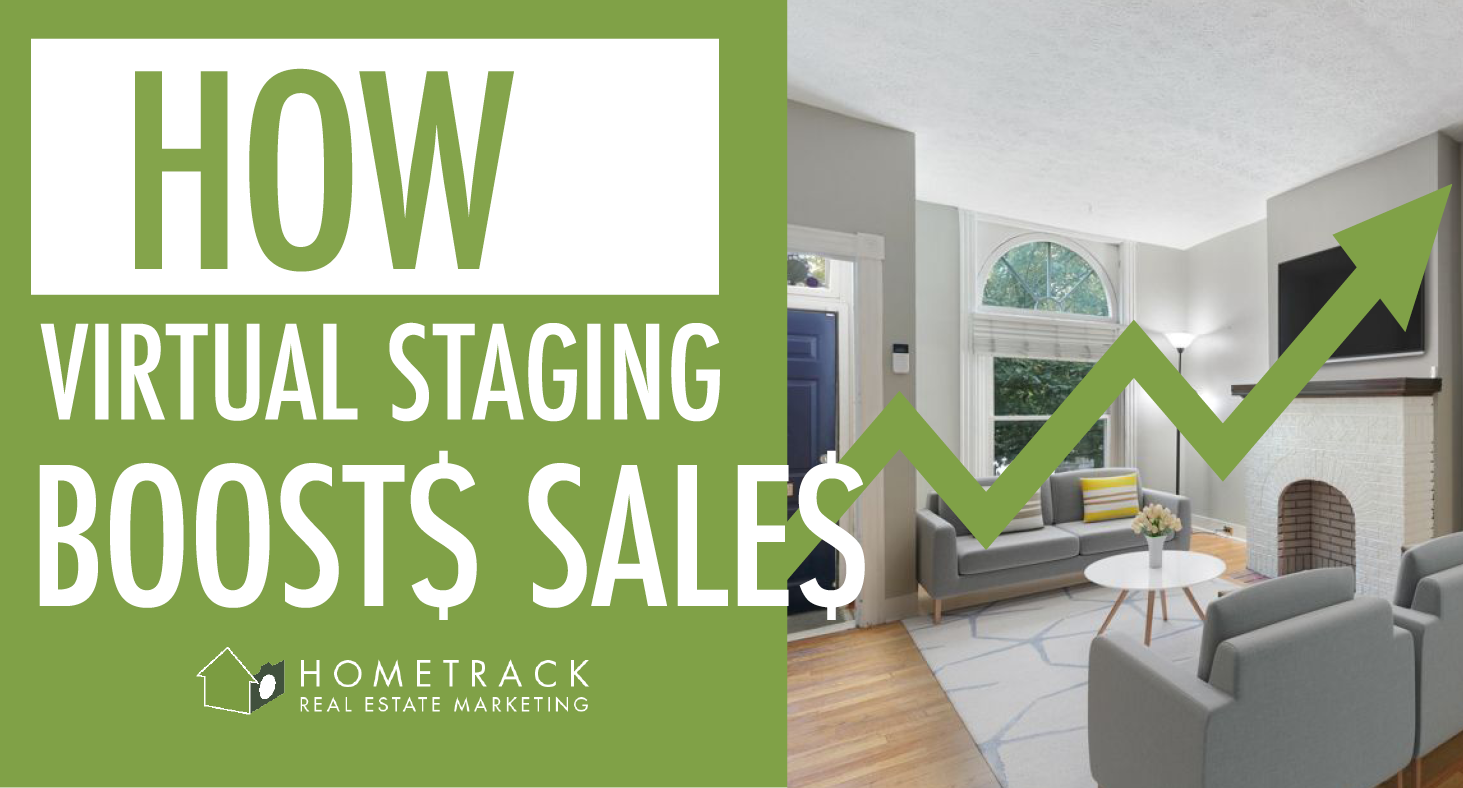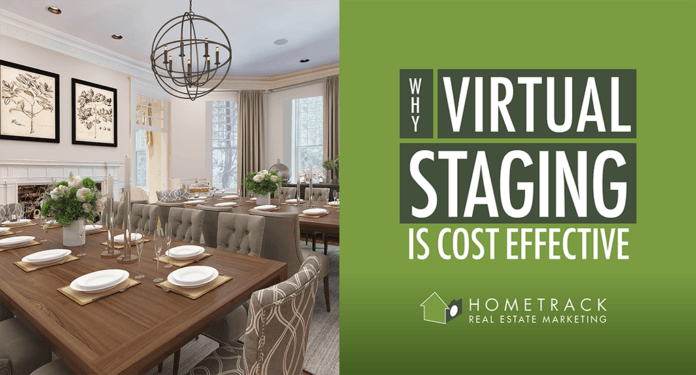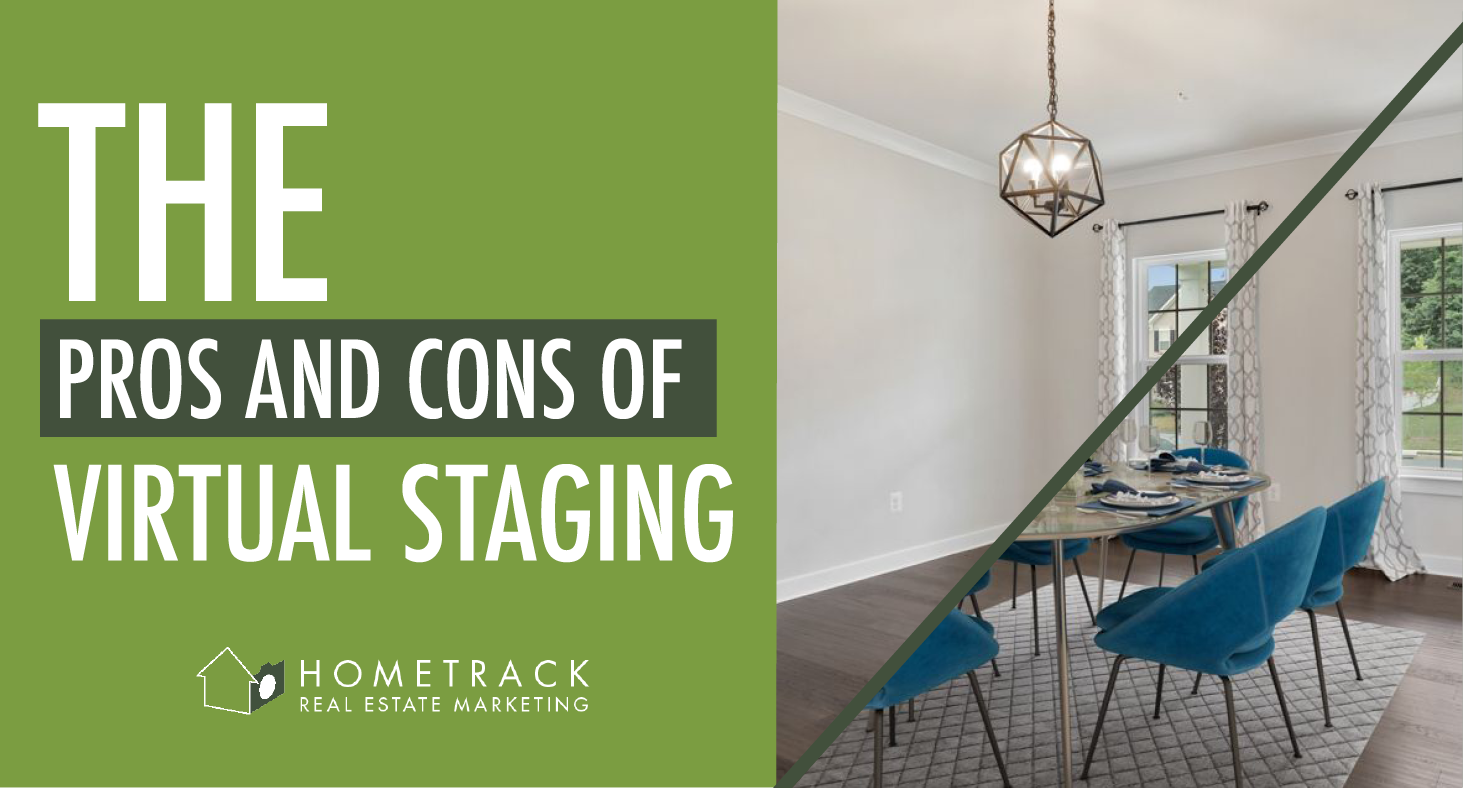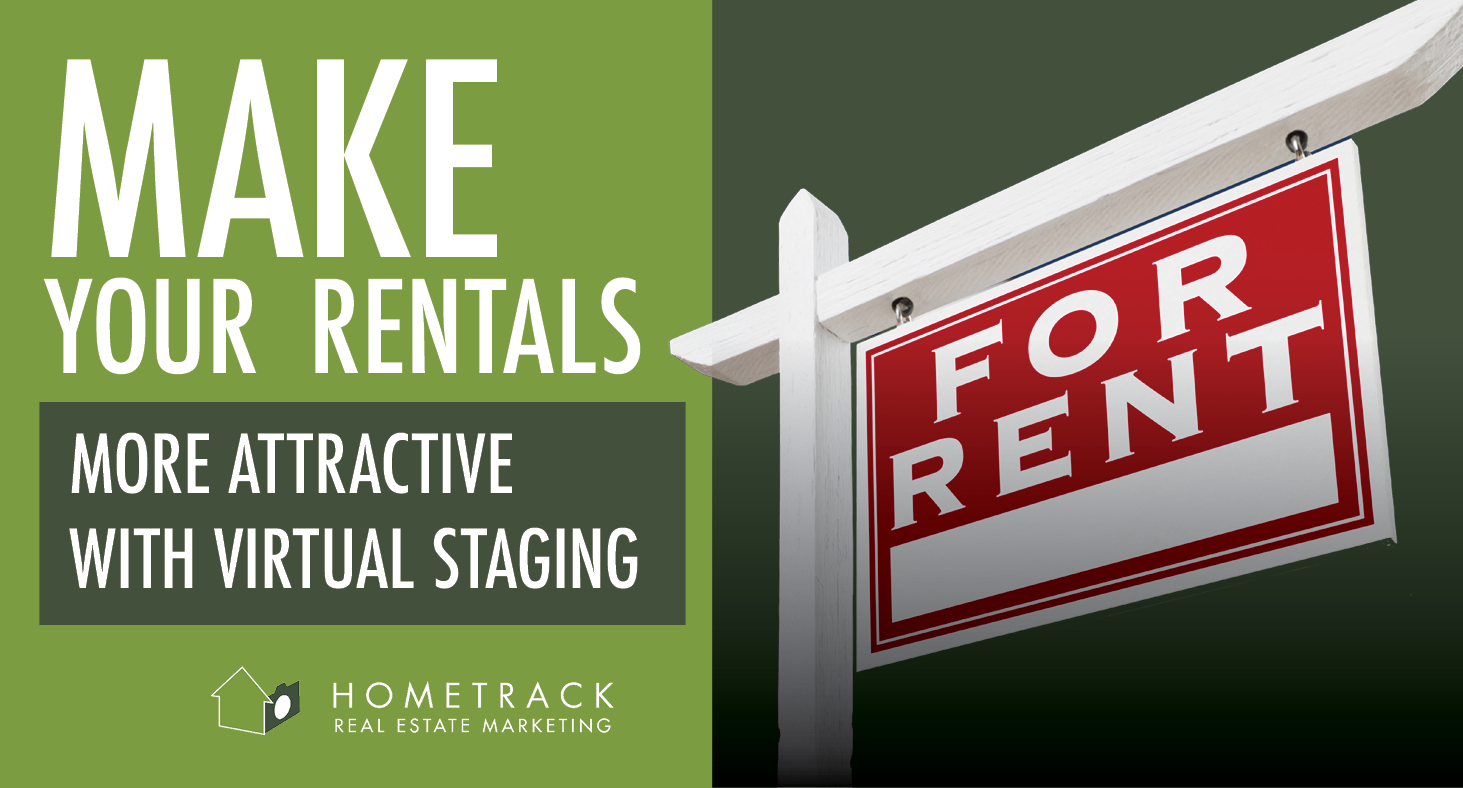Virtual Staging

Are you tired of spending a fortune on traditional staging methods? Do you want to attract more buyers without breaking the bank? Virtual staging is the solution you've been looking for! In this article, we'll show you how virtual staging can boost sales and transform the way you market your property. In the age of technology and digital media, the way we buy and sell real estate has significantly changed. The traditional method of staging a property to make it look more attractive to potential buyers is now being replaced with a more advanced and innovative approach: virtual staging. Virtual staging involves using computer-generated images to furnish and decorate empty rooms, creating a realistic representation of the property. This method of staging has become popular in recent years due to its many benefits, including boosting sales. In this article, we will discuss how virtual staging can increase your property's chances of selling and why it's the future of real estate marketing.

Virtual staging is a process that allows you to digitally decorate and furnish a home without the time and expense associated with traditional staging methods. When performed by a qualified professional, virtual staging can transform a vacant room into a realistic and artful space. Or it can empty out a fully-furnished home while the homeowner is still in residence. Virtual staging is cost-effective and works. That is the opinion of the majority of real estate agents. But is it worth the cost? Well, according to the NAR, for every one hundred dollars spent on staging, the potential return on investment is four hundred dollars. That is not insignificant. But traditional staging for a home can run into the thousands of dollars, and many real estate marketing agency budgets simply do not allow for that big an expense. The cost of virtual staging is a fraction of what it costs for traditional staging, and it takes less time than trying to stage a home yourself . Save money, save time, and close deals faster with Virtual Staging… Virtual staging, sometimes known as “virtual styling”, costs less than traditional methods, to be sure, but that is not the only reason that the service has been growing in popularity with home sellers and their agents. Consider these 5 cost and time saving advantages virtual staging can add to your next listing: Virtual staging allows you to optimize for the internet. Most buyers in today’s home market, certainly those younger buyers who make up its majority, begin their home search online. That fact makes it really important to get your real estate photographs right. What’s more, since the outset of the COVID-19 pandemic, more and more buyers are making their home visits virtually. Many are even purchasing properties sight-unseen without physically stepping foot inside a home until the walk-through – or after the closing once they have the keys in their hands . In order to capture and hold the attention of prospective buyers, your real estate photos need to portray a property at its best. That is especially true in the digital realm where viewers can zoom in to see every detail. Virtual staging helps you to do just that. Virtual staging helps when the seller is still in the home One of the first recommendations an agent makes to a seller at the beginning of the selling process is to clean up and clear out. To declutter the space. Buyers want to envision themselves living in a house. They do not want to see someone else’s personal effects everywhere. Besides, a clutter-free environment makes the entryway more inviting, makes the living room (and every other room for that matter) appear larger, and makes the closets look like they can hold more stuff.Of course, minimizing the amount of stuff already in the rooms and closets when the seller is still living in the home is not always an easy assignment. Virtual staging can help with that. While it does nothing to prepare for, say, an in-person open house , it can go a long way toward cleaning up the pictures you print and post. With virtual staging, you can clear out the clutter, rearrange the furniture, clean a mark off the wall, or pick up a stray sock that made its way into the photo shoot – all after the shoot has been completed. Virtual staging lets you target the appearance of a home to your audience With virtual staging, designers have a huge array of design elements that can be digitally added to a home. They can help you to craft the decor to reflect different decorating styles or color schemes. Depending on the customers you are targeting, you can switch from traditional to modern to mediterranean. Or you can empty out the home completely.You can do the same with the exterior of a home. Tailor the look of the yard to your audience: patio furniture, playset, or nothing at all. To enhance the effect, you can add other editing services to create a blue sky when the photo shoot took place on a cloudy day, or to green up the grass when it hasn’t rained in a few weeks. Virtual staging makes it easier for your buyers to imagine One of the most popular aspects of home improvement shows on television is the reveal. Viewers anxiously await the unveiling of the newly renovated space, clean and clutter free and professionally staged. Notice, the producers do not leave the rooms empty, nor do they just drag all of the homeowner’s old belongings back in. They make the house look as inviting as possible to draw viewers in.Staging has long been used as a tool to help people envision what a home could look like if they were living there. How might the living room be arranged? Or the kitchen ? In fact, more than eighty percent of buyers’ agents responding to a NAR survey said that staging a home made it easier for a buyer to visualize the property as a future home. An empty house might be great when it comes time for an inspection or walk-through, but it does not always lend well to sparking the imagination. And having someone else’s belongings all over the place makes it hard for a buyer to imagine having their own items arranged in the space. To help buyers imagine themselves living in a home, your best bet is to help them to visualize what it might look like if they did. You can do that with virtual staging. Virtual staging can help a house sell faster According to the NAR, nearly two-thirds of sellers’ agents report that staged homes spend less time on the market than non-staged homes. Ultimately, that is the goal, right? Well, along with selling for more money. Fortunately, staged homes also sell at higher prices on average, at least according to more than half of the agents responding in the NAR study. In today’s virtual world, where COVID-19 has reshaped the real estate market, maybe for good, it makes sense to transition toward the use of digital strategies like virtual staging. Among buyers’ agents, having photos, videos , and virtual tours available for their listings has become increasingly important since the start of the pandemic. The truth is, the trend toward virtual engagement was already underway before shutdowns and social distancing were household terms. The coronavirus added momentum. That is not to say that tried-and-true real estate marketing strategies, like postcards and brochures are no longer necessary. They are. Virtual staging impacts not only the photos that appear in online ads and social media posts, but your pictures in print as well. Some agents stage every home they list for sale. Others only stage homes that are difficult to sell. Most agents, whether they stage or not, suggest decluttering or some sort of sprucing up. All agents should understand that the photographs they produce are their most powerful tool to attract buyers – the tool that grabs and holds their attention the longest, and has the greatest impact on their imaginations. Virtual staging amplifies that impact.

In recent years, real estate marketing has undergone a massive shift. Before technology saturated the market, buyers had to start a real estate search with a print ad. From there, they traveled and toured properties and invested a great deal of time looking for the perfect property to call home. Fortunately, that time is long […]
The post The Pros and Cons of Virtual Staging appeared first on Hometrack Real Estate Marketing.



